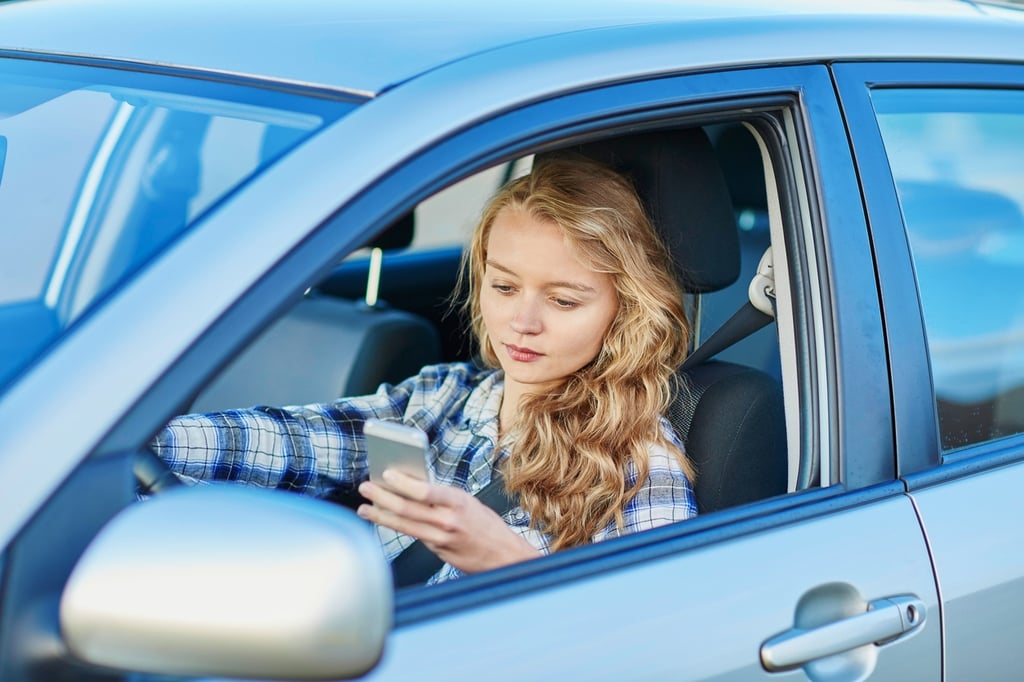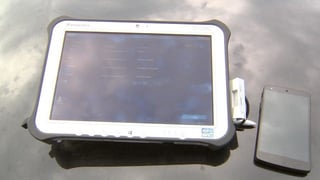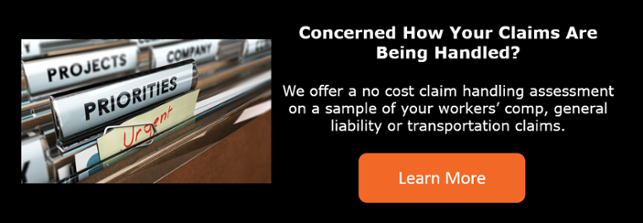
Investigating Texting and Driving Accidents with the Textalyzer
 The number of distracted drivers is on the rise. Not only is it annoying for other drivers on the road, but it can also be deadly. The increasing number of accidents related to texting and driving is alarming.
The number of distracted drivers is on the rise. Not only is it annoying for other drivers on the road, but it can also be deadly. The increasing number of accidents related to texting and driving is alarming.
During the claim handling process, obtaining phone records from the driver’s cell phone provider can be extremely difficult - especially if the accident may have been caused by the driver texting. However, law enforcement may soon have a solution available to them.
The Texting and Driving Epidemic
You wouldn’t drive drunk on the road, right?... so why text and drive? Statistics reveal that texting and driving are even more dangerous than driving intoxicated as you are more likely to be involved in an accident.
The statistics are eye-opening for the United States:
-
In 2014, 26% of all car crashes involved cell phone use
-
At least 9 people are killed every day because of a distracted driver
-
More than 1,000 people are injured every day due to a distracted driver
-
In 2015 42% of teens ages 16-17 say they have texted while driving; texting and driving is the leading cause of death in teens
Here are more general statistics uncovered:
-
Nearly 330,000 injuries occur each year from accidents caused by texting while driving
-
One out of every 4 car accidents in the United States is caused by texting and driving
States are working on proposing and passing stricter laws to protect drivers. The National Conference of State Legislatures provides a list of each state and their respective texting and driving laws.
Enter the Textalyzer
The Breathalyzer has been a device used by the police for over 40 years that measures a suspected drunken driver’s blood alcohol level. Soon law enforcement will have access to a device called the Textalyzer to help police determine if a driver involved in an accident had been using a mobile phone.
 This picture of the Textalyzer appeared in a WSB-TV Atlanta news article "Texting and Driving? Cops could have a new tool on their side: a Textalyzer."
This picture of the Textalyzer appeared in a WSB-TV Atlanta news article "Texting and Driving? Cops could have a new tool on their side: a Textalyzer."
Texting while driving is not the only cause of car crashes. A distracted driver could be talking on the phone, taking pictures (even selfies), surfing the web, looking at a map, or playing a game (i.e., Angry Birds, Pokemon Go). Police can attach this new device to the driver’s cell phone at the crash site to determine when they were using their phone and if there were any taps or swipes.
Use of the Textalyzer is creating some legal arguments and concern for privacy advocates and civil libertarians. Their primary concern is the Fourth Amendment and invasion of privacy. There are also questions about the need for a warrant to use the device, and what happens if the driver refuses.
Lee Papathanasiou, an engineer for Cellebrite which is the company marketing the textalyzer, has confirmed that it will not show the content of conversations or recipient names – just information such as the source of activity (what app was being used), a timestamp, and whether it was incoming or outgoing.
The Textalyzer has a way to go before law enforcement will be able to use it. Once it is available, additional work would need to be done to conform with each state or legal jurisdiction’s requirements. New York is one of the first states to introduce a bill to use the Textalyzer but it will be some time before it is approved.
In the meantime, there are other ways to determine if a distracted driver caused the accident.
Investigating Distracted Driving Accidents
Police are cracking down on distracted drivers and getting creative with trying to catch people texting. It might be the panhandler on the corner or the trucker in the next lane or the spotter on the overpass. One telltale sign is seeing a driver staring at their own lap, or at night, seeing the light from the phone.
The question remains, can we get someone’s phone records from their provider? The short answer is “no.” Due to privacy laws, you would have to subpoena the court and obtain a court order by a judge for the provider to release the records. The police can only request a search warrant for a driver’s cell phone records if there is evidence of texting and driving such as a video capturing them or an eyewitness.
Therefore, law enforcement is hoping that the Textalyzer will soon be available for them to use.
When investigating losses, if your insured asks if you can acquire the other driver’s phone records, you can check your state laws and determine if you will be able to obtain a subpoena. It isn’t easily accomplished as the courts don’t want it requested for every auto accident. Your success rate will be more likely if a serious injury is involved.
While taking the claimant’s statement during the investigation, always request their cell phone number and the provider for that phone. It would be beneficial to ask them who the main account holder of that account is. Confirm it is their phone and the one they use. You can send them an authorization to sign that allows their phone service provider to release their cell phone records to you.
It would also be advantageous to send a preservation of evidence letter to the claimant, tortfeasor or their attorney.
Conclusion
Although states are working on proposing and passing stricter laws to protect drivers, the texting and driving epidemic doesn’t appear to be going away anytime soon. Hopefully, law enforcement will soon have the Textalyzer solution available to them to enforce the laws already in place and act as a deterrent.
Until then, there are other ways to determine if a distracted driver caused the accident, including obtaining phone records in certain situations.
Please take the pledge to not text and drive, and stay focused on driving safely. It could mean your own life or the life of an innocent person. Have a safe day!


